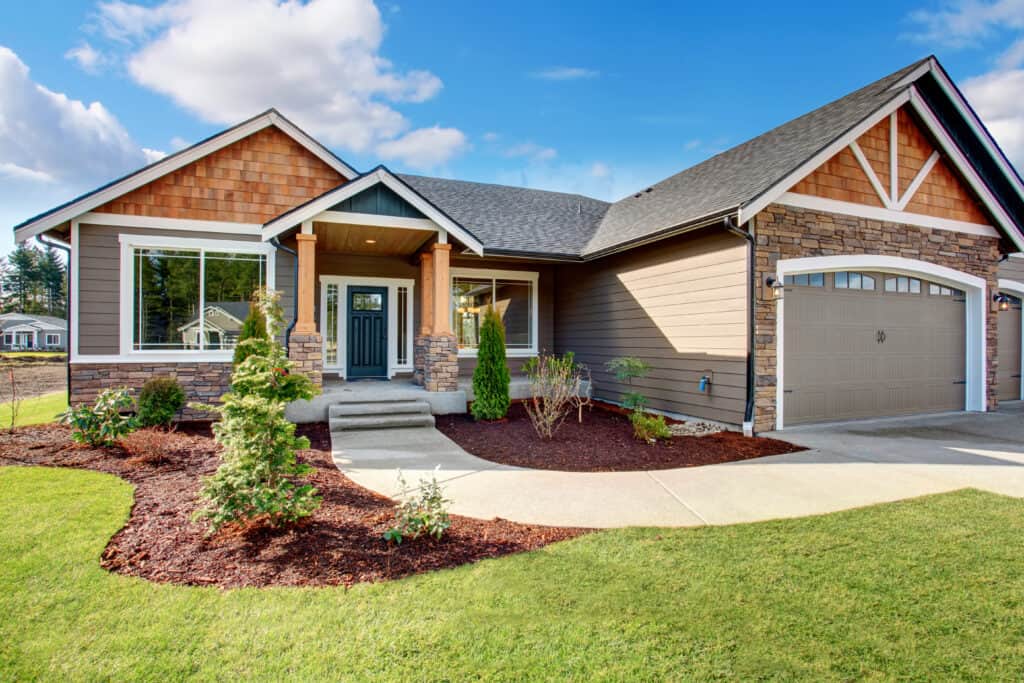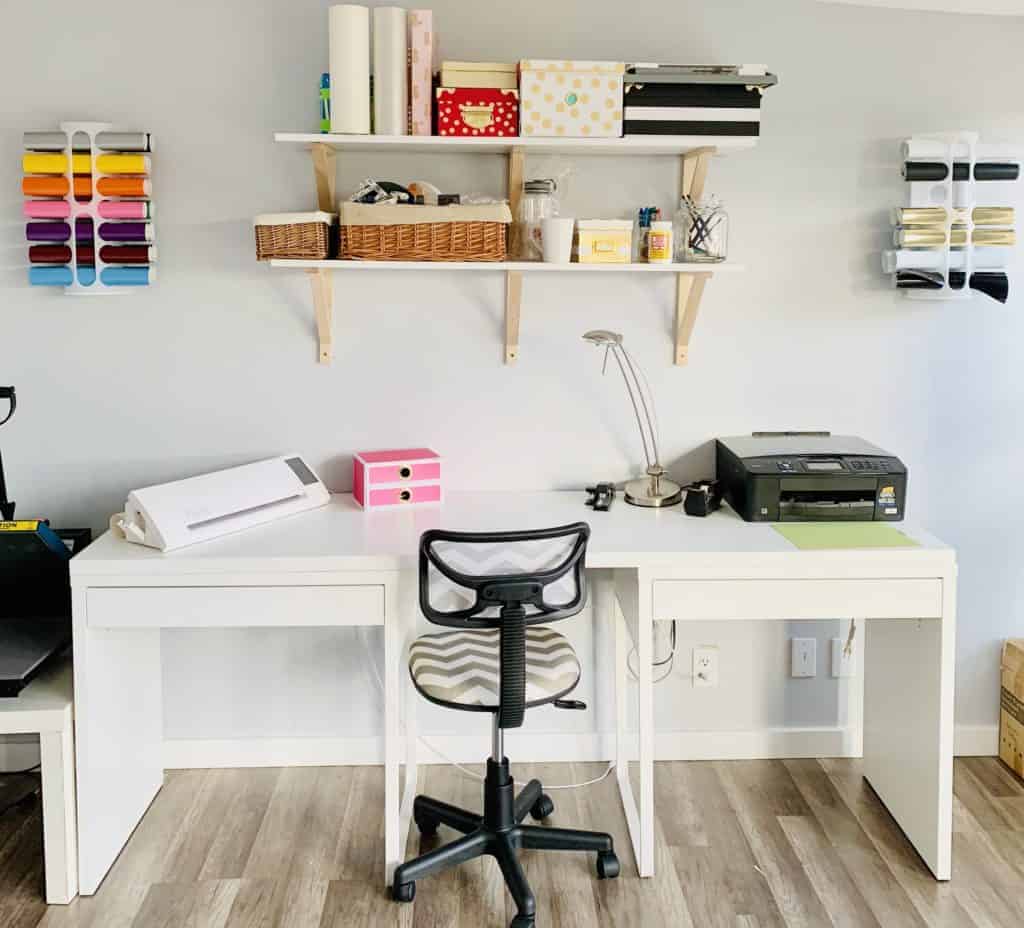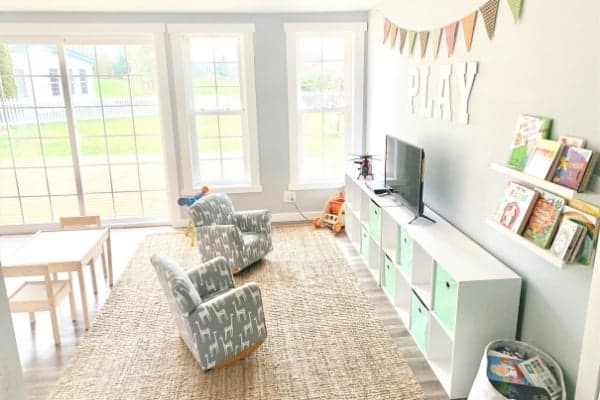Location is paramount when building a new home. Consider proximity to work, educational institutions, healthcare facilities, entertainment, and shopping centers. Remember to consider the long-term aspects such as neighborhood development plans, traffic patterns, and potential for property value appreciation. A well-chosen location like in Bay County enhances your quality of life and can bring better returns on investment.
Setting a Realistic Budget
Your budget is the backbone of the home-building process. Account for all potential costs, not just the obvious ones like construction and land purchase. Hidden expenses such as landscaping, interior decoration, and future maintenance should also be considered. Ensure you have a financial cushion for unexpected costs that may arise during construction.
Personalizing the Home Design
Design your home to fit your lifestyle. Consider the size and types of rooms you need, the style of architecture that appeals to you, and the flow of living spaces. There is a wide range of types, from contemporary styles to Colorado’s Frontier Log Homes. Think about the balance of privacy and open spaces, the natural light in each room, and storage solutions. Personal preferences in design will make your house feel like a home from the moment you move in.
Incorporating Sustainable Practices
Sustainability is not just a trend; it’s a responsibility. Incorporating eco-friendly design principles such as energy-efficient appliances, renewable energy sources like solar panels, and water conservation systems can minimize your ecological footprint and reduce energy bills in the long run. Moreover, sustainable building materials can enhance indoor air quality and structure durability.
Planning for Technological Integration
Smart home technology is rapidly becoming a standard. Plan to integrate automation systems for lighting, heating, cooling, security, and entertainment into your home’s architecture. Future-proofing your home with appropriate wiring and energy supply can prevent costly retrofits and increase convenience and safety.
Considering the Future Livability
Designing for the future means creating a home that will adapt to your changing needs. Whether it’s accommodating a growing family or preparing for aging in place, the flexibility of your home’s design will ensure it remains functional and comfortable throughout all life stages. Elements to consider are adaptable rooms, accessibility features, and potential expansions.
Selecting the Building Materials
The choice of building materials impacts your home’s aesthetics and integrity. Opt for materials that offer the right blend of durability, maintenance, and visual appeal. Better quality materials might be more costly upfront, but investments such as Hurricane Impact Windows can enhance the home’s longevity and reduce repair expenses.
Understanding Local Regulations and Restrictions
Navigating local building codes and zoning regulations is essential to avoid legal pitfalls. These rules can affect everything from the home’s height and size to lawn specifications and fencing. Understanding these guidelines at the outset can influence your design plans and prevent delays or fines during the construction phase.
Picking the Right Builder
Your choice of a good Home Builder can significantly influence the construction process and outcome. Research and select a reputable builder with experience in the type of home you want. Look for quality workmanship, financial stability, good communication, and positive reviews or recommendations. A reliable builder will be a partner in bringing your vision to life.
Managing the Timeline and Expectations
Building a home is a complex project with many moving parts. Set realistic timelines with your builder and plan for delays that might arise due to material shortages, weather, or design changes. Keep your expectations in check and stay flexible; this process might require patience and compromise.





